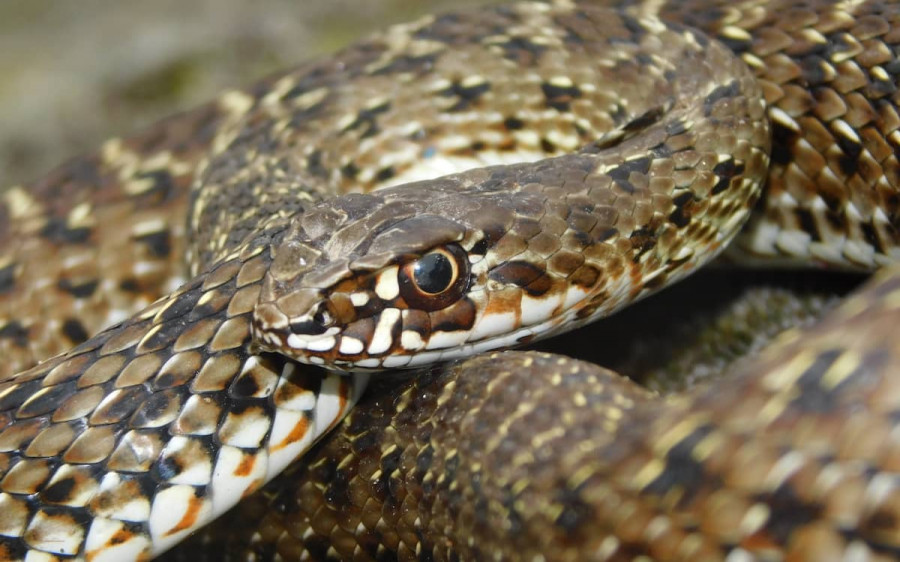




We found no evidence of impact for these parasites on the circulating blood cells or the hosts’ immune system, but more data is needed to assess the potential impact of mixed infections, and the possibility of cryptic parasite species. Leer más.
Population monitoring is essential to determine different aspects of the ecology and conservation of the species. In anurans, recording the acoustic activity of choruses allows surveying populations. Therefore, knowing the timing of male calls is fundamental to achieve this goal. Here we monitored calling activity of the Mediterranean tree frog (Hyla meridionalis) at eight localities in southern Iberian Peninsula and western North Africa in the frame of a citizen science program. Leer más.
Overall, this study extends the existing knowledge on the feeding ecology of European vipers, signalling how energy intake and allometric constraints shape the feeding activity and dietary consumption of the species across the geography, leading to distinct feeding strategies in juveniles and adults. Leer más.
At local scale, populations of A. obstetricans in artificial sites were abundant and characterized by high male breeding success. However, adults are spatially aggregated around breeding sites, with small home ranges, implying high vulnerability to population fragmentation. Our results suggest artificial breeding sites can sustain viable populations of A. obstetricans, provided measures promoting connectivity among breeding nuclei are considered. Leer más.








